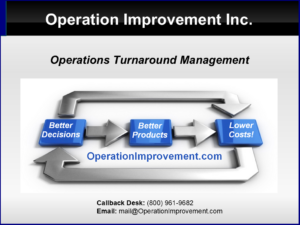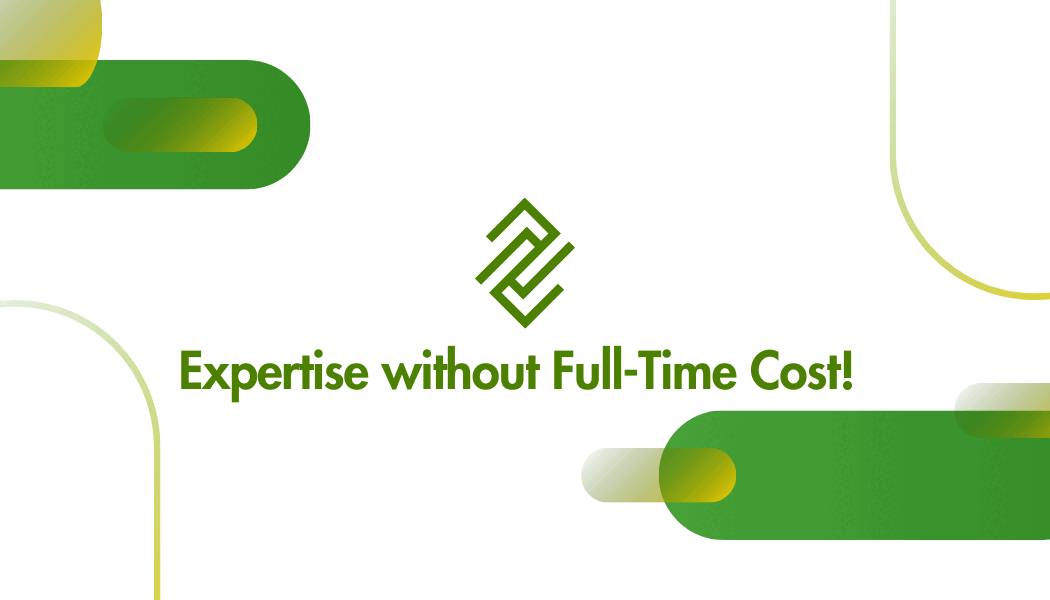Software Project Management Callback
Waterfall Project Management
“Waterfall” project management is a style of management best suited to the assembly and integration of proven processes and skills. In residential contracting, we work from plans, measure twice and cut once.
The materials, techniques, and skills required are known quantities. The quantities of steel, concrete, wiring, plumbing, and fixtures can be estimated from the plans, and established labor ratios can be applied to quantify the human component.
The challenge in these kinds of projects is wise management of the critical path, and the ability to adapt to early and late delivery, price surprises, material defects, resource scheduling conflicts, human error, and project changes.
In “waterfall”, the project manager is given an objective expressed as performance, time, and cost and must optimize these three variables while considering project risk.
Software project management is different.
By software development, I am not referring to routine low-code/no-code projects where workflows are tweaked, data is re-coded, and BI engine reports are created. Such endeavors today, especially with the assistance of AI have almost become predictable processes.
I am talking about software development where the development team must envision and create something new – much like a writer must create a fresh story in a series of entertaining books or scripts. They must imagine new usage cases, unintended consequences, and the product’s evolution along a future development roadmap.
A book author will often start with a conceptual sketch and prepare a rough outline of the written journey from start through exposition to conclusion. Details are filled in, usually not in the final chapter-by-chapter order, and drafts are refined until the story’s message is coherent, clear and impactful.
This kind of iterative development is a process of systematic discovery.
Iterative Development
The conceptual alternative to “waterfall” can generically be termed “iterative development,” and it is an approach that is decades old, and it predates computer technology and code creation, and has many applications outside of IT.
Fredrick Brooks, the well-known UNC computer scientist and thought leader, had some success with waterfall techniques when he redesigned the roles of a lean programming team. His original book, The Mythical Man-Month, is a classic of software development and gave us several guiding principles including: “Adding programmers to a late project will make it later.”
In subsequent editions of this book 20 years later, he explored the concept of iterative development. In simplest terms, it builds on the lean programming team model and adds iterative development constraints.
A development cycle is a short, relatively fixed time-period where an application is constructed and enhanced with only the functionality that the time budget allows. He calls this “growing a program.” This approach turns learning, discovery, and invention into a manageable process.
At each stage of development, the result is both a working product and a prototype for the next iteration. With this approach, nuances of a new language or strengths/limitations of a chosen framework of building-block functions can be explored, and adjustments can be made as necessary.
Project planning is developmental. Much like curriculum development for first, fifth, and 12th grade education, project planning has a vision, or outline, for what the product could look like at different stages of development. You can see that this lean style of iterative project management is “baked into” the DevOps and CI/CD methods and tools offered by AWS cloud services.
With either “waterfall” or “iterative” management, one wants control and desires to avoid the pitfall of the illusion of control. Project management skeptics who are aware of such illusions sometimes ask why plan at all?
I ask them to imagine productivity if we planned 100% of the time (the answer is none), and then I make the case that activity without performance-time-cost objectives will not deliver value. What is the value of the perfect wedding cake delivered a week after the wedding? What if the cake is cheap and on-time but looks and tastes awful?
Without a sense of where we are going, where we are, and an idea of how to get from here to there, the risk of failure is almost certain. A sweet spot of planning and control is somewhere in between no plan and an obsessive attempt at over-control. However, when we encounter those things we cannot control, we realize that plans must change; and that is okay.
An interesting X post had detailed criticisms of SCRUM and other recent academic attempts to build management layers on the thirty-year-old lean development framework of Dr. Brooks. The X writer did not reference The Mythical Man-Month, but the book certainly came to my mind when I read the online comments and replies.
On reflection, it also made me remember the advice: “…things I can control, the things I can’t. The wisdom to know the difference.”
© Operation Improvement Inc 2025. All rights reserved.





